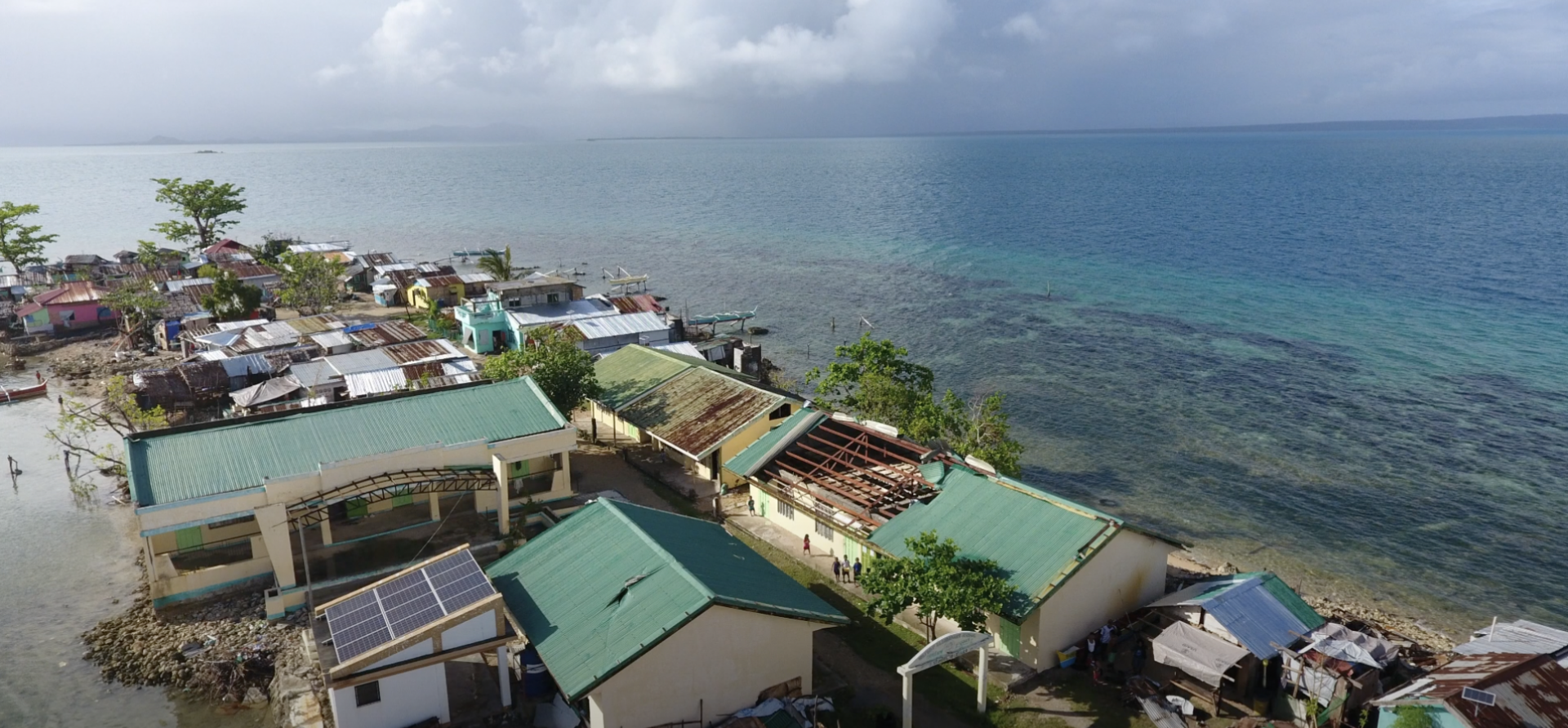IEEFA: In the Philippines, coal’s demise makes way for a renewable energy boom

The Philippines’ energy sector is on the brink of rapid change, with fossil fuels struggling to maintain relevance and a renewable energy industry poised for takeoff. Much of the country’s progress on clean energy and climate goals is due to the exceptional work of local activists applying pressure on policymakers to accelerate the clean energy transition, as highlighted in a recent video produced for IEEFA’s 2021 Energy Finance Conference.
Indicators suggest coal is on its way out
Located on the Pacific Typhoon Belt and the Ring of Fire—an area of intense seismic activity—the Philippines is highly susceptible to increasingly frequent and severe natural disasters, as well as the costly impacts of slow-onset climate events like sea level rise and drought.
Despite this vulnerability to climate change, the share of high-emission, coal-fired power capacity in the Philippines’ generation mix has climbed since 2008—ironically when the country’s keystone Renewable Energy Act was passed. Coal now contributes 57% of the country’s power, and domestically produced natural gas is responsible for another 19%. Meanwhile, the share of renewables has dropped steadily to 21%, which includes just 2% from variable renewables like wind and solar.
THE GOVERNMENT, HOWEVER, HAS MAINTAINED AN AMBITIOUS NATIONAL TARGET OF A 35% SHARE OF CLEAN ENERGY in the generation mix by 2030, which could require an additional 20GW of renewables. In its first Nationally Determined Contribution to the Paris Agreement, announced in April, the country pledged to reduce its greenhouse gas (GHG) emissions by 75% by 2030, largely contingent on the availability of external financing.
Other indicators suggest that coal is on its way out. Under pressure from local climate groups and activists, the government announced a moratorium on new coal-fired power plants in October 2020. This left the door slightly open for projects already under way, but domestic conglomerates like Ayala Corporation and San Miguel Corporation have said they will no longer back new coal projects.
The list of planned coal projects has also dwindled. In April, a joint venture involving Meralco and Aboitiz Corporation announced the cancellation of its proposed 660-megawatt (MW) coal plant in Subic, Zambales province. Five months earlier, Meralco and Semirara Mining and Power Corporation cancelled their proposed 700MW coal plant in Calaca, Batangas. Meanwhile, Meralco has struggled to find financing for its proposed 1,200MW Atimonan One coal project and has explored replacing the project with a natural gas facility.
THE WINDOW OF OPPORTUNITY FOR COAL PROJECT SPONSORS IS CLOSING QUICKLY, as financiers have grown increasingly wary of exposure to stranded assets. After the Bank of the Philippine Islands committed to cut its coal exposure in half by 2026, Rizal Commercial Banking Corp. became the first domestic bank to exit coal financing in December 2020. The government is also considering innovative financing mechanisms to purchase old and underutilized coal assets in Mindanao with the intent of retiring them permanently.
The shift from coal is driven by the economic reality that coal-fired power plants are an increasingly risky bet for investors and a high-cost burden to consumers. Filipino households pay on average $0.189 (PHP9.5) per kilowatt-hour—the highest rate in Southeast Asia by far.
The benefits of phasing out coal, however, could be undermined by a greater reliance on imported natural gas, another expensive and GHG-intensive fuel. With backing from major industry participants like Japan and the United States, policymakers in the Philippines have supported a rapid buildout of liquefied natural gas (LNG) import infrastructure to replace dwindling domestic gas reserves.
The shift from coal is driven by the economic reality that coal-fired plants are an increasingly risky bet
Committing to LNG is unlikely to become a cost-effective option. Although LNG is often portrayed as a transition fuel, the infrastructure buildout required to support LNG imports relies on long-term take-or-pay commitments and rigid contracts that could lock the Philippines into being dependent on expensive imported fuel for 25 years or more.
Moreover, nascent regulatory and legal regimes governing the gas industry, fuel price volatility in global LNG markets, and increasing competition from low-cost domestic renewables make LNG projects a very risky proposition for project sponsors and financiers. IEEFA estimates that current gas industry players in the Philippines risk exposure to at least $14 billion in stranded assets.
Renewable energy, meanwhile, is preparing for liftoff. Almost 1,500MW of wind and solar are currently in operation, along with 655MW of solar that has obtained financing. According to official figures, an additional 17,379MW of wind and solar are in earlier stages of development.
Although new regulatory incentives for variable wind and solar have been delayed, the government intends to hold an auction in October to attract clean energy investments and is considering increasing the country’s Renewable Portfolio Standard, which requires large power offtakers to procure an increasing share of renewable energy. This could result in at least 56% of the country’s energy mix coming from renewables by 2040, limiting the need for large, baseload fossil fuel power plants.
THE DEPLOYMENT OF RENEWABLE TECHNOLOGIES IS AN URGENT ISSUE. Recently, the country has faced energy shortages due largely to extended unplanned outages and de-rated capacity at five large fossil fuel power plants. The events raised electricity prices and sparked a government investigation into possible anti-competitive behavior by the companies involved.
By contrast, competitively sourced renewable resources can help lower prices and reduce the Philippines’ dependence on insecure coal and natural gas plants. Past tenders in the Philippines have yielded solar prices as low as $0.044 (PHP2.34). Recurring power supply issues and rotating brownouts mean there is little time to waste in the country’s energy transition to a clean, reliable, and affordable power system.
Sam Reynolds ([email protected]) is an IEEFA energy finance analyst.
See also IEEFA’s Local Leadership Global Change video for profiles of individuals and organizations working to accelerate the energy transition in the Philippines:
Related items
IEEFA: No Guaranteed Future for Imported Gas in the Philippines















